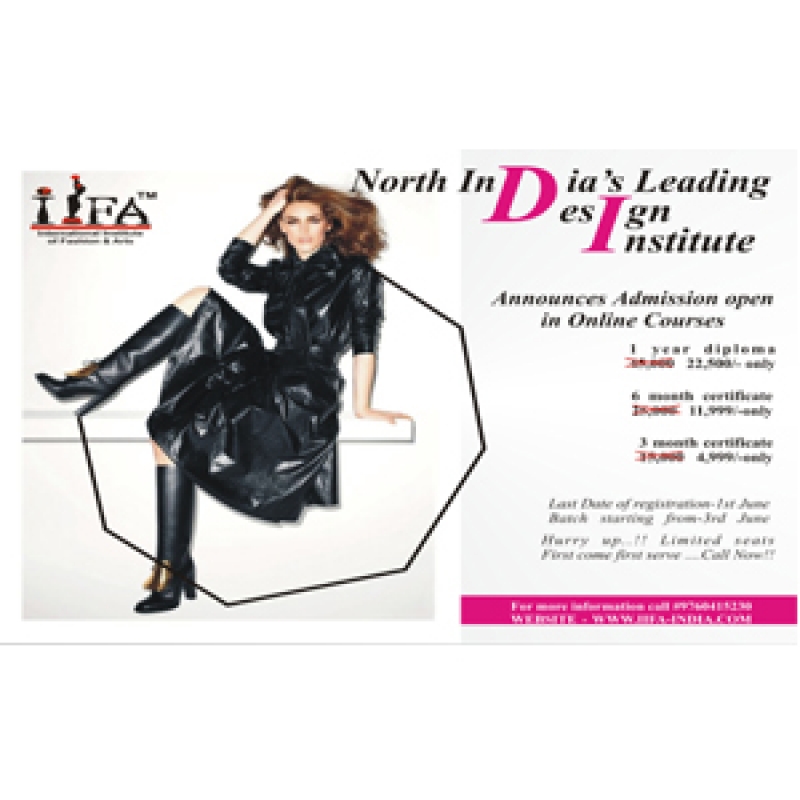1. Conceptualizing Designs
Fashion illustrations are an essential tool in the conceptual phase of fashion design. Before a designer begins cutting fabric or working with patterns, they sketch their ideas to visualize the final garment. These sketches capture the essence of the concept, the silhouette, the detailing, and the overall aesthetic. Illustrations serve as the initial blueprint for a design, allowing the designer to refine and perfect their ideas on paper before committing to production.
Sketching also helps to play with different options quickly. Designers can illustrate various iterations of a garment, experimenting with shapes, textures, and colors without having to produce each one physically. This level of flexibility and freedom is invaluable, especially when dealing with a large collection.
2. Visual Communication
Fashion is inherently a visual medium, and fashion illustrations provide a universal language for communication. For designers, it’s often easier to communicate an abstract idea or intricate design concept through a visual representation rather than through words alone. When working with a team, fashion illustrations help convey complex ideas quickly and clearly to manufacturers, stylists, and other collaborators.
For buyers and clients, illustrations are a way of understanding a designer’s vision and style in a format that is easy to digest. This is especially helpful in fashion presentations, lookbooks, or catalogs, where illustrations can enhance the story and identity of a collection. A well-crafted illustration can capture the mood, personality, and theme of a line more effectively than a technical drawing or verbal description.
3. Inspiring Creativity and Innovation
Fashion illustration often transcends practical design purposes. It can be a medium for creative expression and experimentation. Many designers, illustrators, and artists use sketches as a platform for artistic exploration. These illustrations might not always correspond directly to a final garment but can showcase a raw, unfiltered sense of creativity. Fashion illustration can push boundaries, often serving as the birthplace of entirely new trends or techniques.
Moreover, illustrations are a powerful way for designers to visualize ideas that push the envelope, whether through unusual combinations of fabrics, innovative structures, or avant-garde looks. They act as a form of conceptual art that can inspire other designers, artists, and even future collections, sparking trends and shifting fashion culture.
4. Timeless Art Form
Fashion illustrations have a rich history, with some iconic drawings becoming almost as famous as the garments themselves. Legendary illustrators like René Gruau, David Downton, and Hans Feurer have captured the elegance, glamour, and evolution of fashion through their work, leaving a lasting legacy. These illustrations offer a unique perspective on past fashion eras, reflecting the cultural and social context of the times.
In modern fashion, even though digital design tools are widely used, many designers still turn to hand-drawn illustrations for their personal touch, authenticity, and timeless appeal. The process of sketching with pencil or watercolor adds a level of artistry and intimacy to the design process, creating one-of-a-kind representations of garments that stand out as works of art in their own right.
5. Promoting Fashion Trends and Brands
Illustrations are not only essential to designers but also serve as powerful marketing tools for fashion houses and brands. In a world where visual culture dominates, illustrations can elevate a brand’s identity. Fashion houses often use iconic illustrations in campaigns, advertisements, and product packaging, showcasing their artistic side while promoting their collections.
When introducing a new collection, fashion illustrations can help communicate the essence of the brand. For example, brands like Chanel and Dior have long used illustrations to convey their classic, elegant aesthetic. These drawings serve to reinforce the brand’s identity and create a strong visual connection between the designs and the audience.
6. Versatility in Media
Fashion illustrations hold a unique place in the digital age, where new technology allows for a wide range of creative possibilities. Digital platforms, social media, and online blogs offer illustrators and designers the chance to reach global audiences instantly. Illustrations that were once confined to sketchbooks and galleries are now shared with millions of people, creating greater visibility for both emerging and established designers.
In addition to digital media, fashion illustrations continue to be essential in print, from magazines and lookbooks to catalogs and fashion spreads. They lend a sense of artistry and elegance to the pages of magazines like Vogue and Harper's Bazaar, where readers can appreciate the delicate details, color, and texture of designs in ways that photographs sometimes cannot capture.
7. Preserving the Legacy of Fashion
Finally, fashion illustrations play a vital role in documenting and preserving fashion history. Designers may rely on sketches to recall past collections, while museums, fashion archives, and exhibitions often use these drawings as primary materials for research. Through illustrations, we are able to trace the evolution of fashion design, uncovering key moments in fashion history, whether it’s the rise of haute couture in the early 20th century or the digital revolution of the 21st century.
Illustrations immortalize a designer's vision, creating a permanent record of their creative journey. They offer a glimpse into the process and mind of the designer, providing an invaluable resource for both future designers and historians.
Conclusion
Fashion illustrations are much more than just a tool for sketching garments; they are an essential part of the fashion industry’s creative, communicative, and historical fabric. They bring ideas to life, inspire innovation, and provide a timeless record of the evolution of style. In an increasingly digital world, illustrations continue to hold their ground, bridging the past with the present and shaping the future of fashion. Whether on the pages of a sketchbook or in the digital realm, the importance of fashion illustrations in communicating, celebrating, and documenting fashion is undeniable.



















Your Message